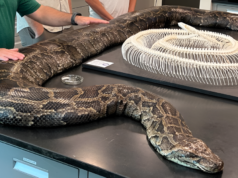Stay warm, stay safe, and remember—winter’s bite doesn’t have to be unbearable if you’re ready to face it head-on.
Stay connected with us for more stories like this! Follow us to get the latest updates or hit the Follow button at the top of this article, and let us know what you think by leaving your feedback below. We’d love to hear from you!
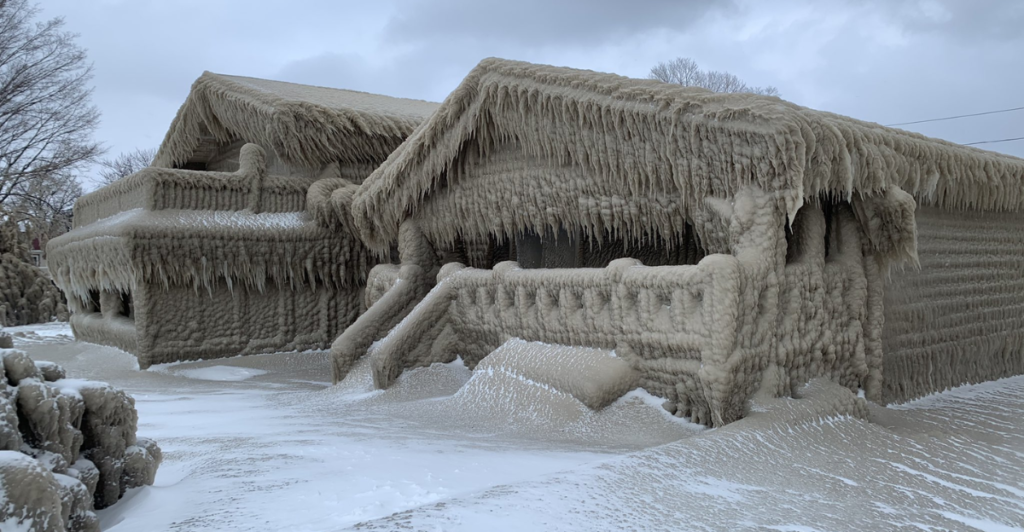
As winter intensifies, meteorologists are sounding alarms about an impending polar vortex set to sweep across large swathes of the country. This arctic air phenomenon brings dangerously low temperatures and a significant risk to homes ill-prepared for the cold. With temperatures expected to plunge to record lows, understanding the polar vortex and taking preemptive measures is crucial for homeowners.
The polar vortex is a large area of low pressure and cold air surrounding the Earth’s poles. When destabilized, it pushes frigid air southward, often resulting in extreme weather events in regions unaccustomed to such cold snaps. This year, forecasts predict a stronger-than-usual vortex, urging communities to prepare for prolonged exposure to sub-zero temperatures.
The Risks of Extreme Cold on Homes
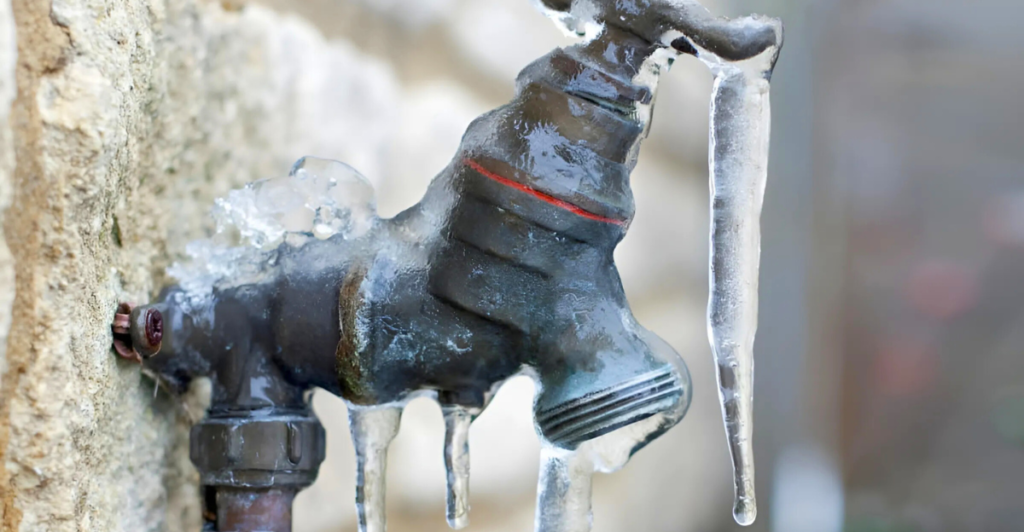
Extreme cold affects homes in numerous ways, from freezing pipes and skyrocketing energy bills to structural damage caused by frost heave. Frozen pipes can burst, leading to costly repairs, while uninsulated roofs and walls can result in heat loss and hazardous icicle formations. Homeowners who fail to prepare also risk disruptions to daily life, such as power outages caused by overburdened grids.
With these risks in mind, experts recommend taking immediate steps to winterize homes before the polar vortex arrives.
Insulate Your Pipes

One of the most common issues during extreme cold is frozen pipes. To mitigate this risk, wrap exposed pipes in foam or fiberglass insulation. Pay particular attention to areas where pipes run through unheated spaces, such as basements, attics, and garages.
“Pipe insulation is a quick and inexpensive fix that can save homeowners thousands in repairs,” advises Laura Jenkins, a plumbing specialist. Additionally, leaving faucets on a slow drip can keep water flowing and prevent freezing.
Seal Windows and Doors
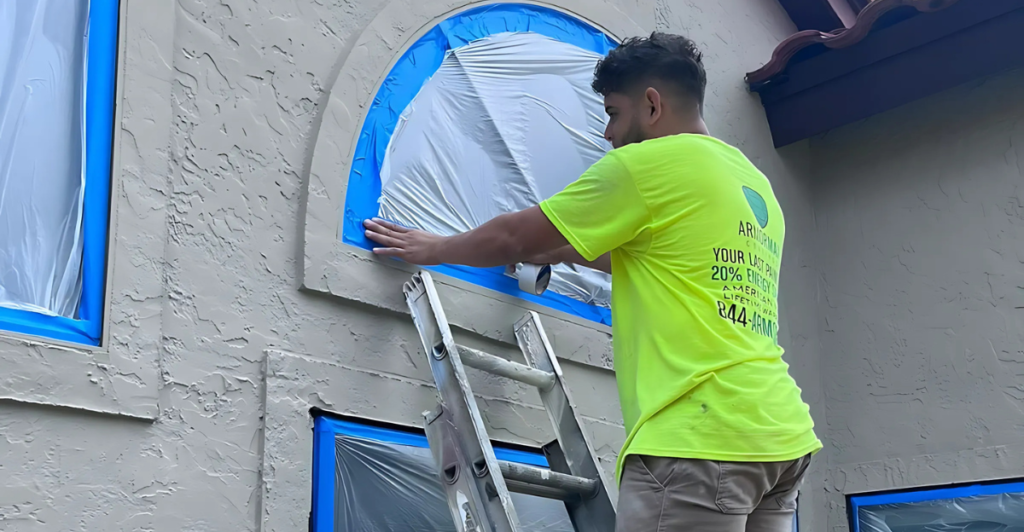
Drafty windows and doors are a leading cause of heat loss during winter. To shield your home from the incoming vortex, seal any gaps using weatherstripping or caulk. Heavy curtains or thermal blinds can also provide an extra layer of insulation, trapping warm air inside.
For those looking for a DIY solution, placing rolled-up towels at the base of doors can block drafts in a pinch. Investing in storm doors or double-glazed windows is another effective way to retain heat.
Maintain Your Heating System
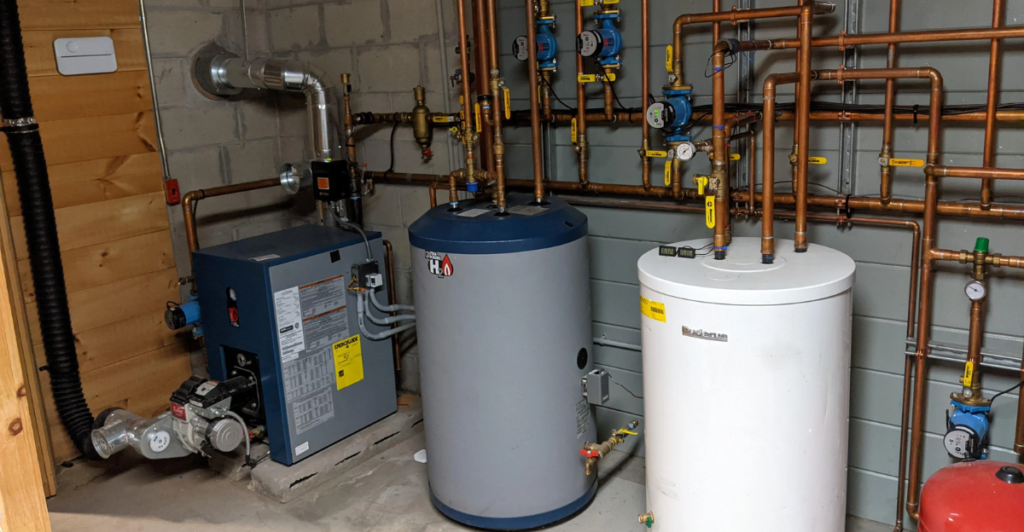
A well-functioning heating system is essential during extreme cold. Before temperatures drop, schedule a professional tune-up to ensure your furnace or boiler is running efficiently. Replace filters, check for leaks in ductwork, and test your thermostat to confirm it’s responsive.
“Regular maintenance not only keeps your home warm but also reduces the likelihood of a breakdown during critical times,” notes energy consultant Robert Lane.
Prepare for Power Outages
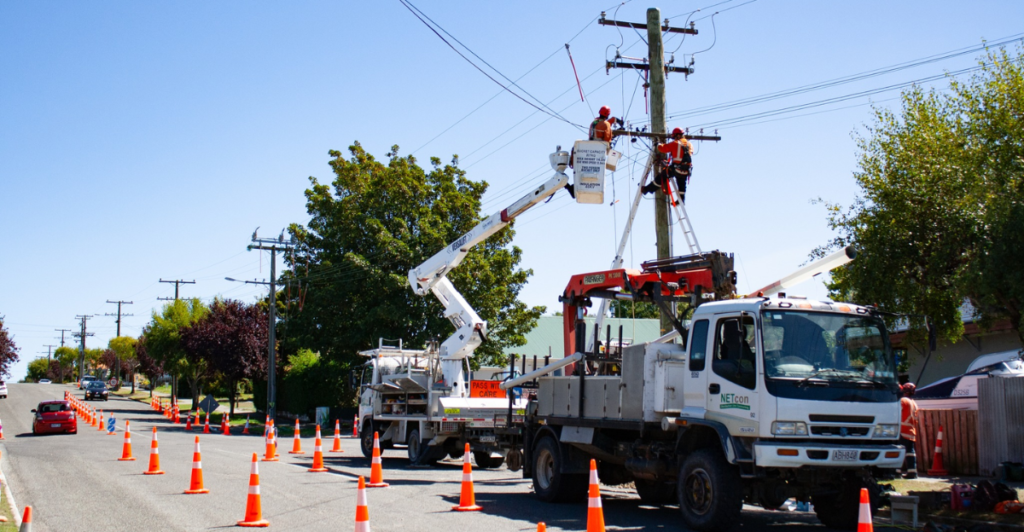
With energy grids under strain, power outages are a real possibility during a polar vortex. Having a backup plan can make all the difference. Stock up on essentials such as blankets, non-perishable food, and battery-powered heaters. Portable generators can also be a lifesaver but should always be operated outdoors to prevent carbon monoxide poisoning.
In addition, consider purchasing a surge protector to safeguard electronic devices from power surges once electricity is restored.
Inspect Your Roof
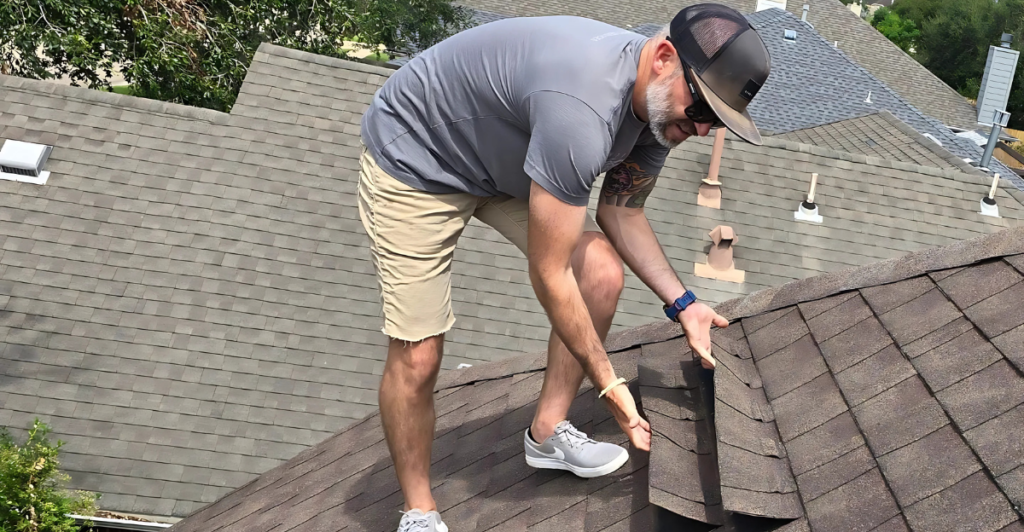
Snow and ice accumulation can wreak havoc on roofs during a polar vortex. Inspect your roof for damaged shingles or weak spots that may collapse under heavy loads. Installing heat cables can help prevent ice dams, which occur when melting snow refreezes at the roof’s edge, blocking water from draining properly.
Clear gutters of debris to allow melted snow to flow freely, reducing the risk of water damage.
Protect Your Outdoor Equipment
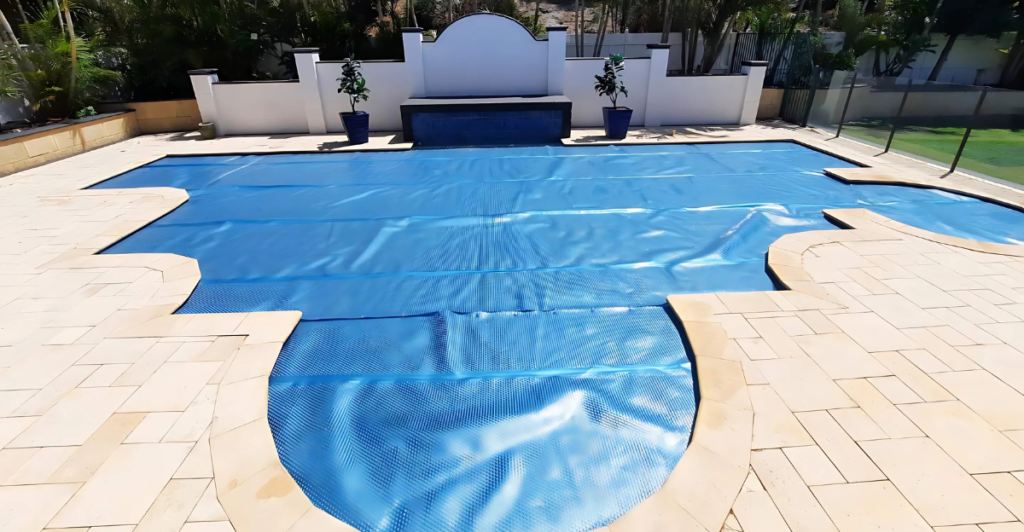
Outdoor appliances and plumbing, such as garden hoses, faucets, and irrigation systems, are particularly vulnerable to freezing temperatures. Disconnect hoses and drain water from faucets to prevent freezing. Cover outdoor furniture and secure loose items that may become hazardous in high winds.
If you have a swimming pool, consider using a pool cover and running the pump intermittently to prevent the water from freezing.
Stock Emergency Supplies
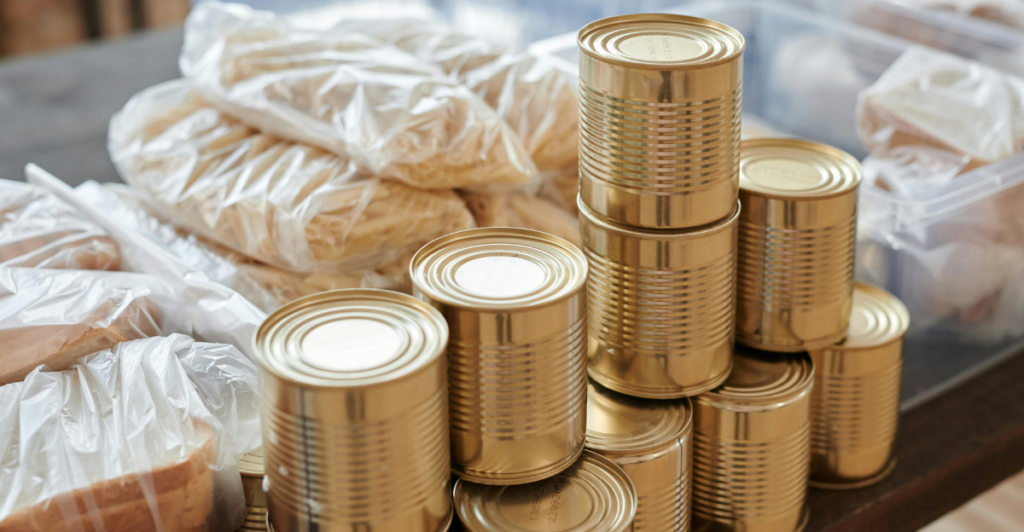
Preparation goes beyond home maintenance. Assemble an emergency kit that includes flashlights, extra batteries, a first-aid kit, and portable phone chargers. Ensure you have enough bottled water, as freezing temperatures can compromise water supply lines.
For families with pets, stock up on pet food and ensure animals have a warm place to stay during the cold snap.
Monitor Weather Updates
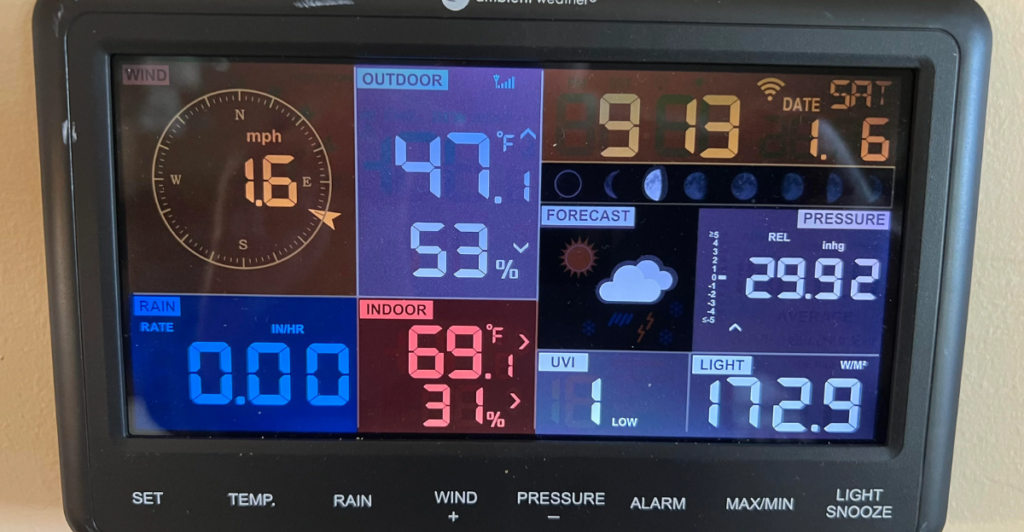
Staying informed is key to managing extreme weather events. Sign up for local weather alerts and keep an eye on updates from the National Weather Service. Knowing when the polar vortex will hit allows you to implement last-minute preparations.
In addition, familiarize yourself with your area’s emergency response plans and shelter locations in case evacuation becomes necessary
The Role of Community Preparedness
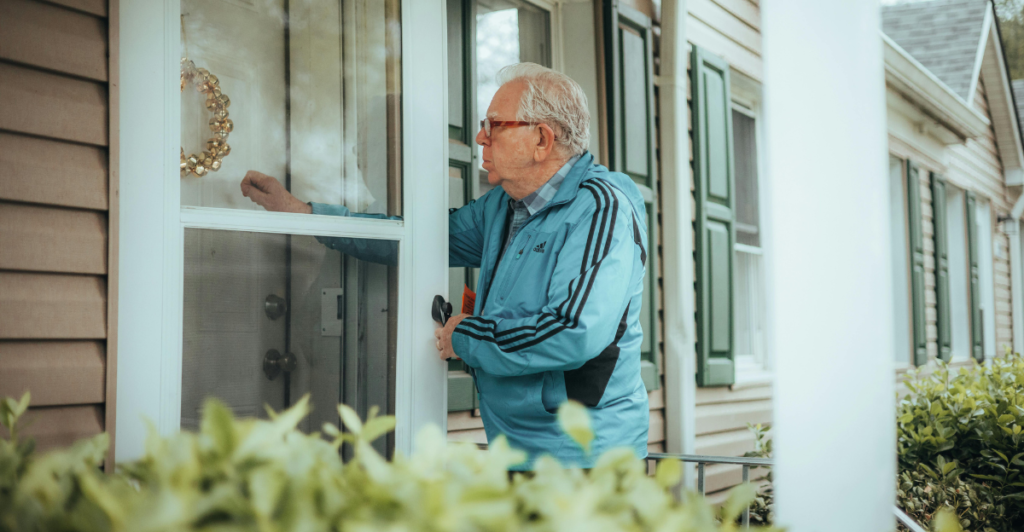
Communities that band together during extreme weather events often fare better. Check on neighbors, especially the elderly or those with limited mobility, to ensure they have adequate supplies and a warm place to stay. Share tips and resources to help others prepare their homes.
Many local organizations offer free or low-cost winterization assistance. Reach out to community centers for support.
Long-Term Solutions for Cold Resilience
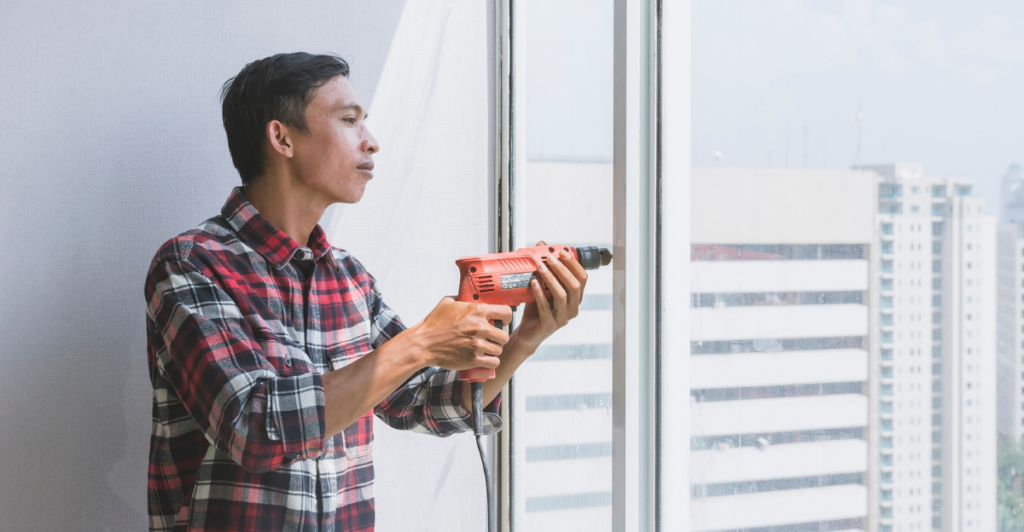
While immediate actions are crucial, long-term investments in home resilience can mitigate future risks. Upgrading to energy-efficient windows, installing a smart thermostat, or adding insulation to walls and attics are all effective strategies.
“Think of it as an investment in both comfort and energy savings,” suggests architect and sustainability expert Dr. Nina Patel. “Preparing now can save homeowners from stress and financial strain in the future.”
Final Thoughts This Winter
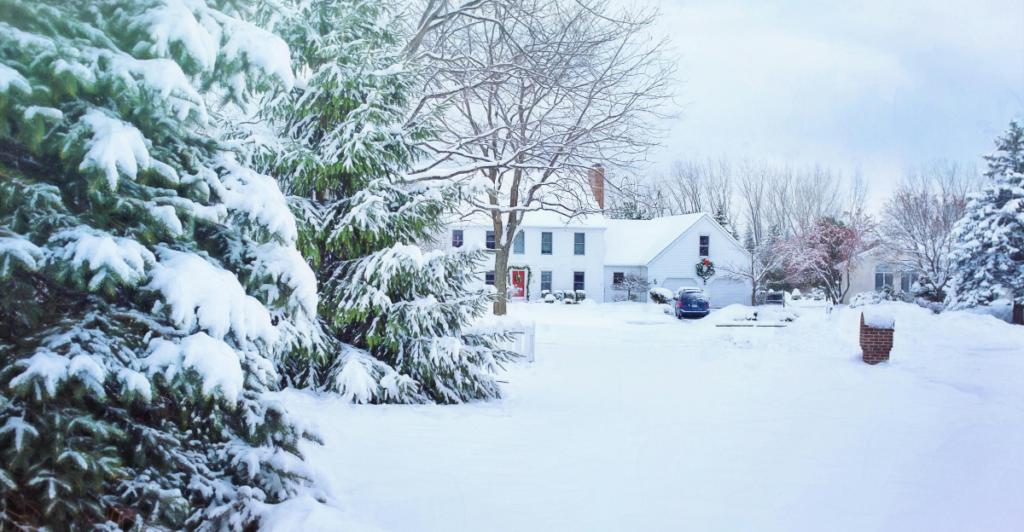
As the polar vortex looms, preparation is the key to weathering the storm. By taking proactive steps to shield your home from extreme cold, you can ensure the safety and comfort of your family. Remember, the cost of preparedness is far less than the potential damages caused by neglect.
Stay warm, stay safe, and remember—winter’s bite doesn’t have to be unbearable if you’re ready to face it head-on.
Stay connected with us for more stories like this! Follow us to get the latest updates or hit the Follow button at the top of this article, and let us know what you think by leaving your feedback below. We’d love to hear from you!


